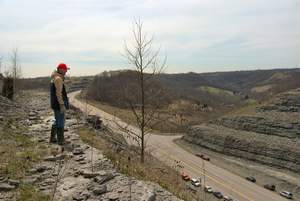
Our first field trip of 2008 was cool but with some nice sun. It had rained earlier that morning and conditions were a bit muddy. The site was a large road cut in North Eastern Kentucky that we have visited before.
In previous trips, the site was less weathered and more
fossils were found. Now, at least half of the ledges on this large site are
covered up with fallen rocks, as shown in the next two photos.
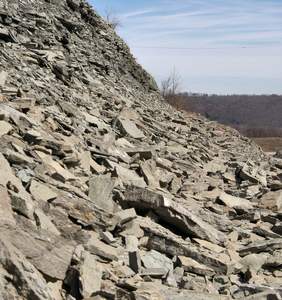
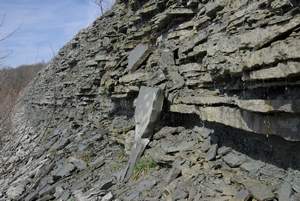
But the Dry Dredgers, as always, made the best of what is
still a great fossil exposure.
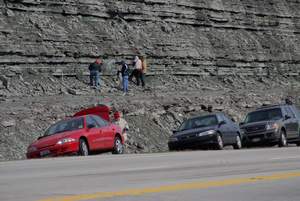
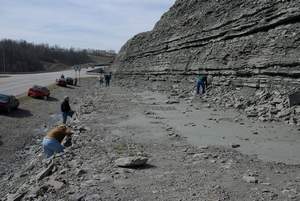
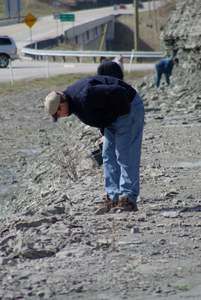
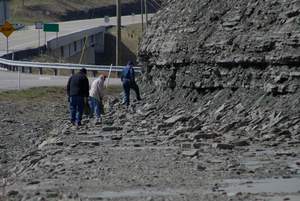
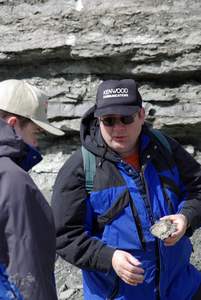
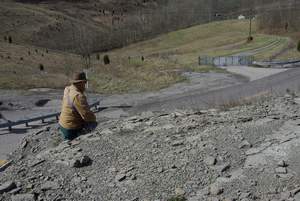
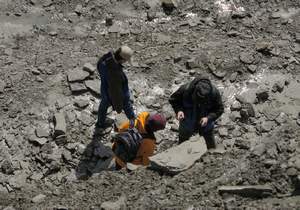
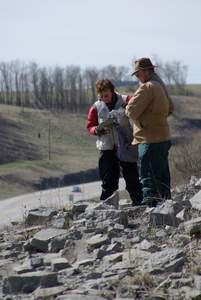
The site is so spansive that we went most of the day with only
occasional encounters with one another.
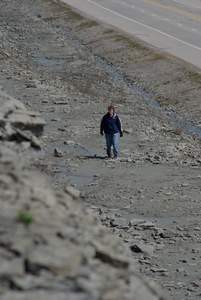
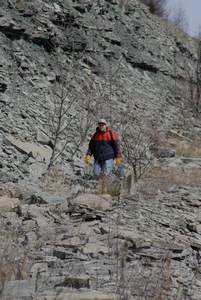
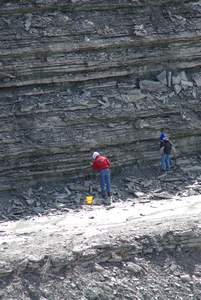
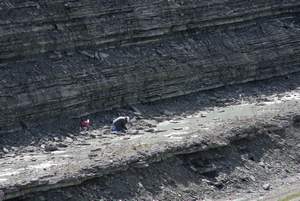
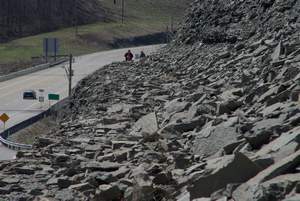
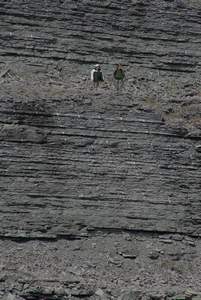
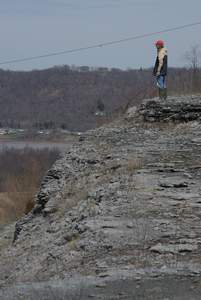
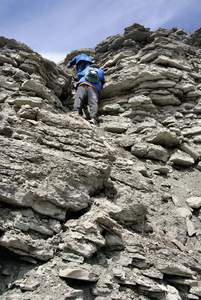
We eventually reunited for a grand tour of at least part of
the site.
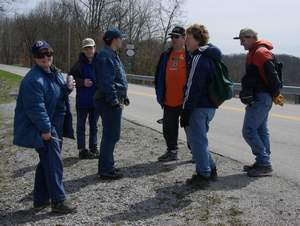
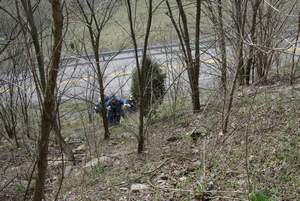
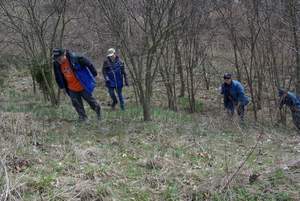
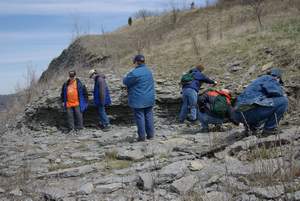
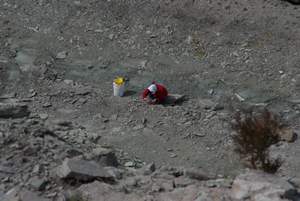
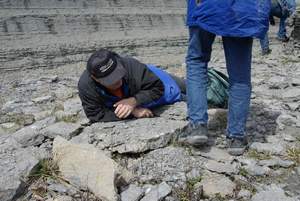
Fossils found that day
Without a doubt, the best find of the day was this beautiful,
prone Isotelus gigas, found by Dick Ackerman. This specimen was
inverted (upside down) with most of the usual brown preservation of the
exoskeleton missing, leaving an external mold of the top surface. Nice. The
hypostome was also missing, but almost all of the head was there.
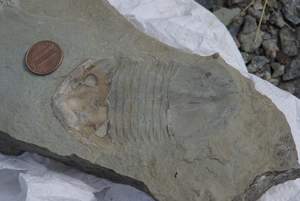
Lots of individual Isotelus parts were found, such as this
section with multiple thorax segments.
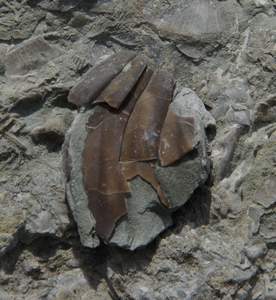
Crinoids
In the crinoid category, not much was found that day. The best
was perhaps this Ectenocrinus calyx.
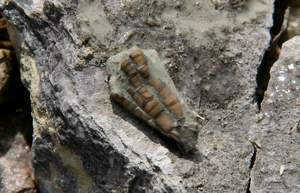
Bryozoans
Among the many Bryozoans found, the nicest was the Bryozoan with the star pattern on each monticule, Constellaria florida. (next 3 pictures)
At least one specimen was found of the Bryozoan, Escharopora hilli.
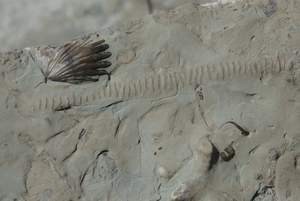
Bryozoans littered the ground on this site which was largely
Fairview Formation.
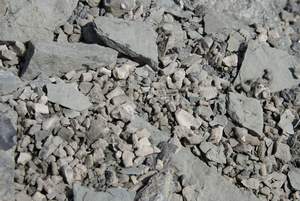
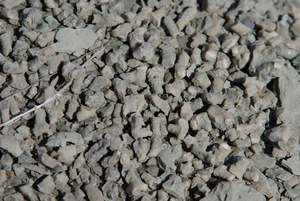
The rock surfaces showed lots of large, leafy bryozoans, that
formed reefs in late Ordovician times, much the way corals do today.
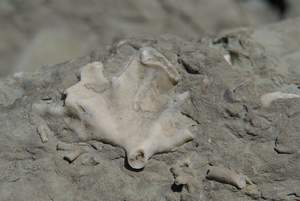
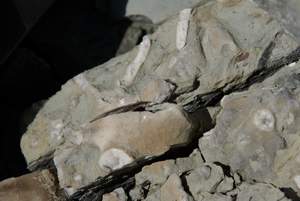
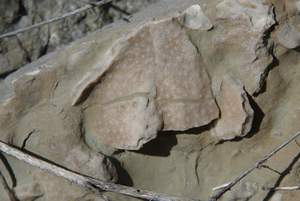
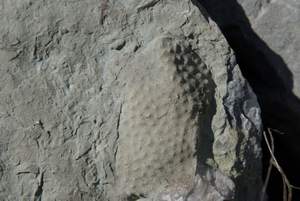
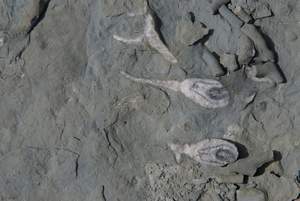
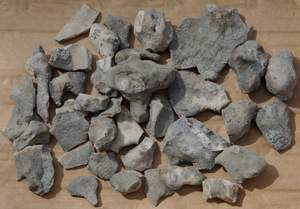
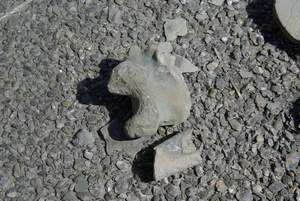
Ichnofossils (Trace Fossils)
There were numerous examples of the "U" shaped worm
burrows called Diplocraterian. On the surface, they appear as
"dumb bell" shaped impressions or traces that appear to go nowhere.
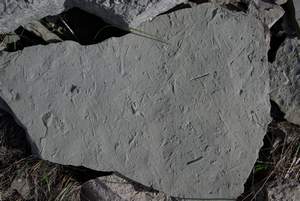
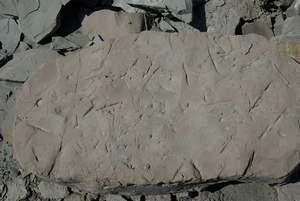
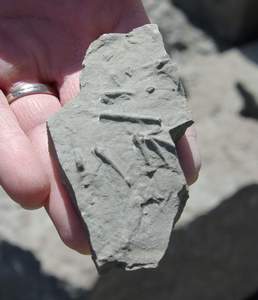
Occasionally, we encountered a really shallow Diplocraterian,
like the one in the next picture, where you can see the entire burrow,
including the part where it dips down into the mud.
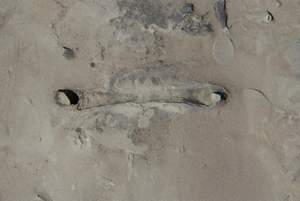
Other worm traces just cris-cross on the surface.
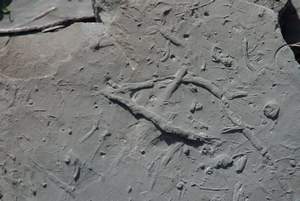
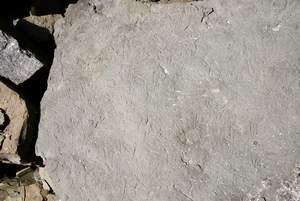
There is another type of strange surface trace that is
commonly found in this site. It's a bunch of mostly straight lines that end in a
point and have a triangular or rectangular (not sure which) profile. What made
these traces? Or could there geometric consistency indicate that they are a
crystal, such as selenite.
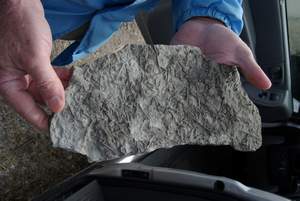
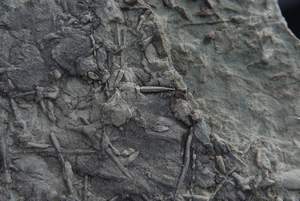
Some traces, however, show a clear sense that an animal was
moving intentionally around on the surface of the Ordovician ocean floor.

Pelecypods. Bivalves or Clams
On this site, you often see mollusks preseved in a bright red
mineral on the surface of rocks.
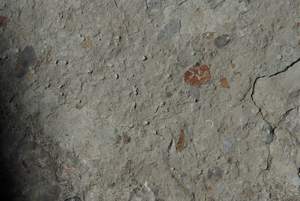
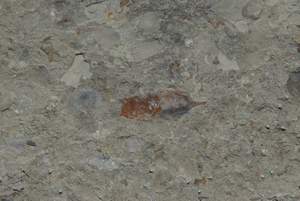
Some clams, however, were preserved in the usual brown carbonate material and show shell features. This next pic is Caritodens.
Some Ambonychia were also preserved with shell
surface features.
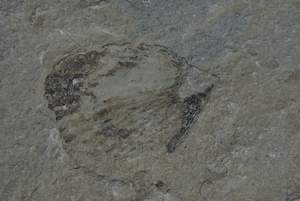
Brachiopods
Among the common brachiopods, Hebertella were
found whole and on the rock surfaces (next three pictures).
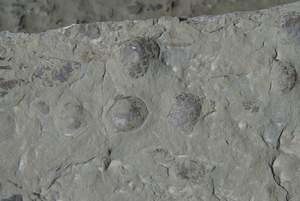
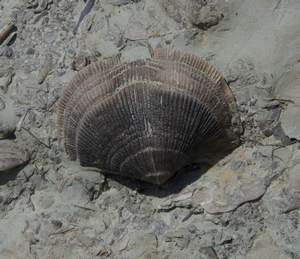
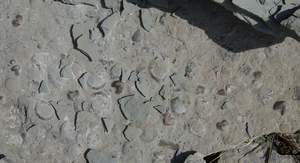
The brachiopod Rafinesquina was also very common
there. (next two pics)
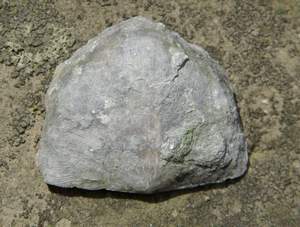
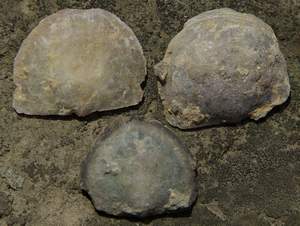
In many cases, large quantities of Rafinesquina
were "shingled" on the surface of rocks or in clusters, suggesting a
storm event pushed them together in Ordovician times.
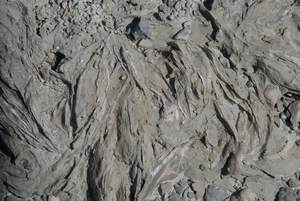
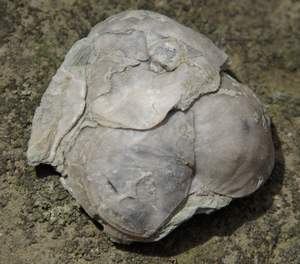
Near the top of the road cut are found the usual Maysvillian
brachiopods, including Vinlandostrophia. (next 4 pics)
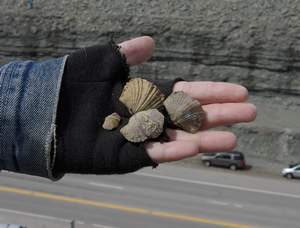
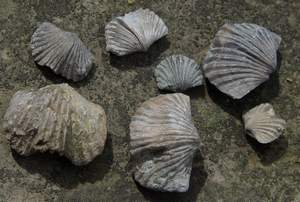
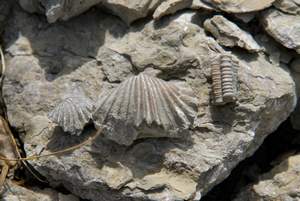
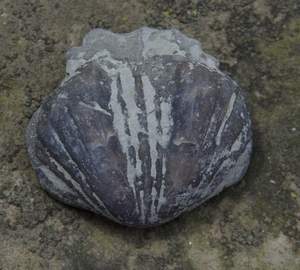
Nautiloid Cephalopods
Quite a few straight shelled Nautiloids were found that day. (next 5 pics)
Gastropods (snails)
Among the many snails found were the nicely preserved Cyclonema.
(next 2 pics)
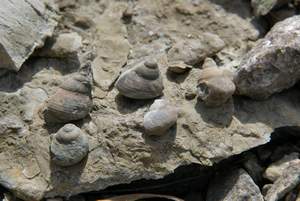
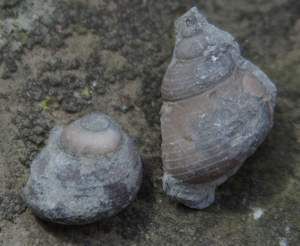
That's it for this trip. Now have a look at our April field trip to the Ponderosa Ranch.
Return to Dry Dredgers Home Page
The Dry Dredgers and individual contributors reserve the
rights to all information, images, and content presented here. Permission to
reproduce in any fashion, must be requested in writing to admin@drydredgers.org.
www.drydredgers.org is designed and maintained by Bill Heimbrock.